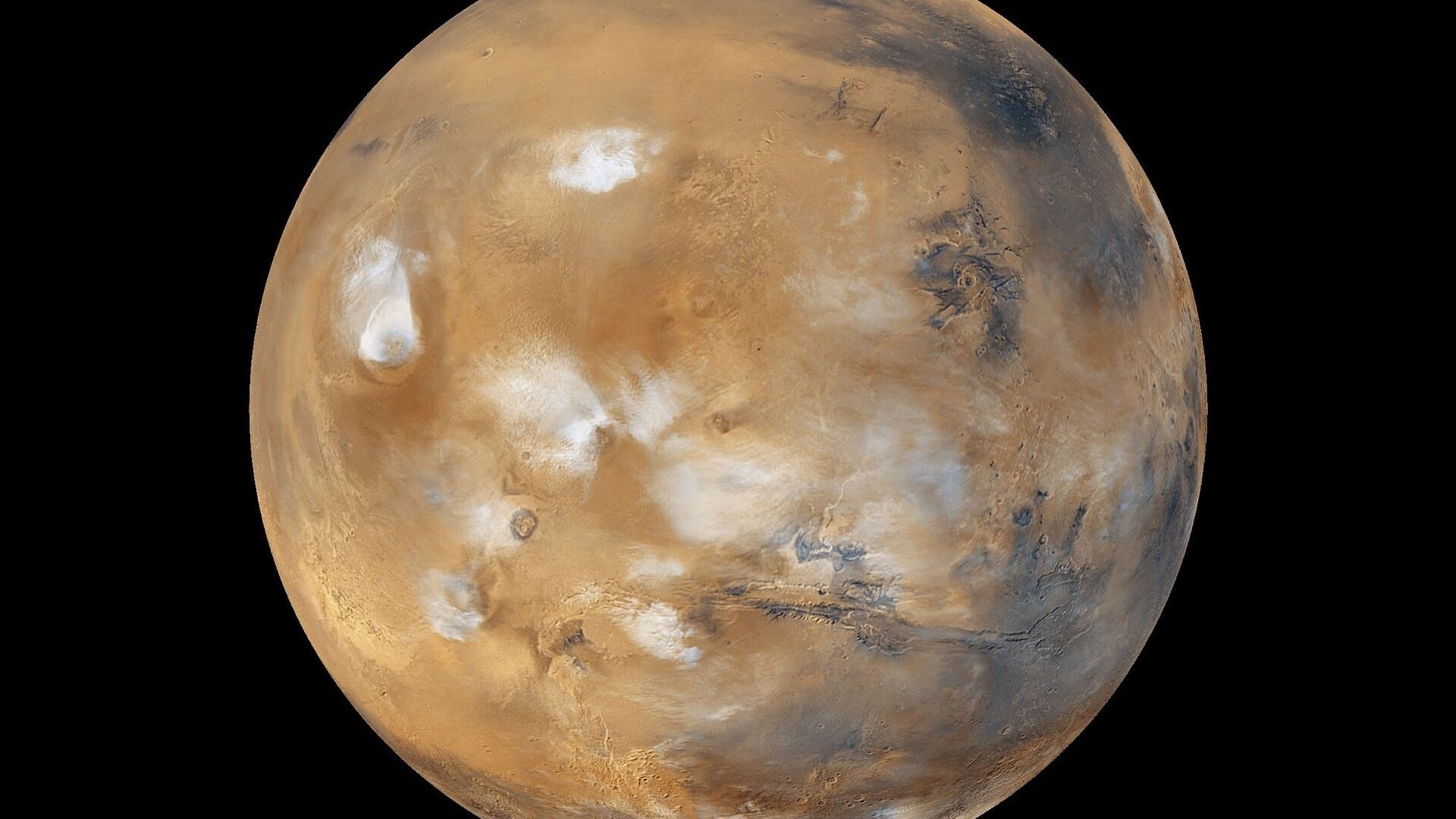Signs of Process That Might Have Erased 'Signs of Life' On Mars Discovered by Scientists
18:15 GMT 19.07.2021 (Updated: 10:10 GMT 30.11.2022)

CC0 / /
Subscribe
The samples were extracted by the rover in the Gale Crater, the site of an asteroid impact that occurred about 3.6 billion years ago.
NASA researchers studying Mars through the Curiosity rover have made a discovery related to possible evidence of life on the Red Planet, Live Science reports.
During the course of its mission, Curiosity retrieved two samples of mudstone, a sedimentary rock containing clay, with the media outlet pointing out that clay is both "a good signpost towards evidence of life" (since it is usually created when "rocky minerals weather away and rot after contact with water") and an excellent material for storing microbial fossils.
The samples were retrieved from two patches about 400 metres apart from one another, that are located on what was apparently once a lake bed in the Gale Crater – the site of an asteroid impact that occurred about 3.6 billion years ago.
However, having analysed the samples, the researchers concluded that the material extracted from one of the patches contained "only half the expected amount of clay minerals," and instead had a "greater quantity of iron oxides."
As the media outlet notes, scientists named brine as the likely culprit.
"We used to think that once these layers of clay minerals formed at the bottom of the lake in Gale Crater, they stayed that way, preserving the moment in time they formed for billions of years," said Tom Bristow, researcher at NASA's Ames Research Centre in Mountain View and lead author of the study. "But later brines broke down these clay minerals in some places – essentially resetting the rock record."
At the same time, John Grotzinger, study co-author and a geology professor at Caltech, noted that diagenesis – the process of chemical changes in sediments – “may erase the signs of life in the original lake”, it also “creates the chemical gradients necessary to support subsurface life,” so the team is really excited about their discovery.
"We've learned something very important: There are some parts of the Martian rock record that aren't so good at preserving evidence of the planet's past and possible life," remarked Ashwin Vasavada, a Curiosity project scientist at NASA's Jet Propulsion Laboratory, who is also a co-author of the study. "The fortunate thing is, we find both close together in Gale Crater and can use mineralogy to tell which is which."

